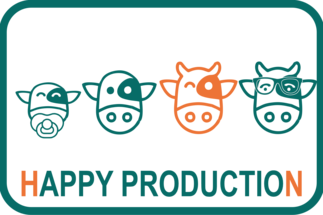
HAPPY - High-throughput APPlication for replicative lifespan determination in Yeast
The single-cell organism Saccharomyces cerevisiae is employed for the production of a huge variety of goods, reaching from food (beverages, baked goods), and food supplements (flavours, sweeteners, etc.) to high-value goods (pharmaceuticals) and even bioethanol. Targeted genetic modifications and breeding are used to increase the performance of industrial production strains by optimizing cell properties such as alcohol formation, stress tolerance, single-cell size, or the production of CO2.
Expectedly, the lifespan of an individual yeast cell is finite. Like many other cells, yeast cells age and undergo modifications in terms of physiology, morphology, and gene expression during that process. These changes on the single-cell level influence substrate uptake, product formation, and more specific characteristics like stress tolerance and flocculation properties of the cell. Thus, cell age plays an important role in the performance of the cell in industrial production processes and is a powerful optimization parameter.
However, cell age has hardly been considered a parameter of strain engineering so far. Yet, the difficult and expensive determination of cell age simply makes it an unexploited parameter in strain development.
Apart from industrial strain development, yeast cell age is an important phenotype in translational medicine research. Yet, the laborious and low-throughput methods of current yeast lifespan determination limit its usefulness as a model in fundamental and applied research on aging.
Our patented, microfluidic technology allows us to track the replicative lifespan of yeast in a way that reduced the workload by more than 92 %. Currently, we are optimizing the technology to a market-mature readiness level, thus empowering researchers and the biotech industry to leverage the full capacity of yeast as a production and research organism.





